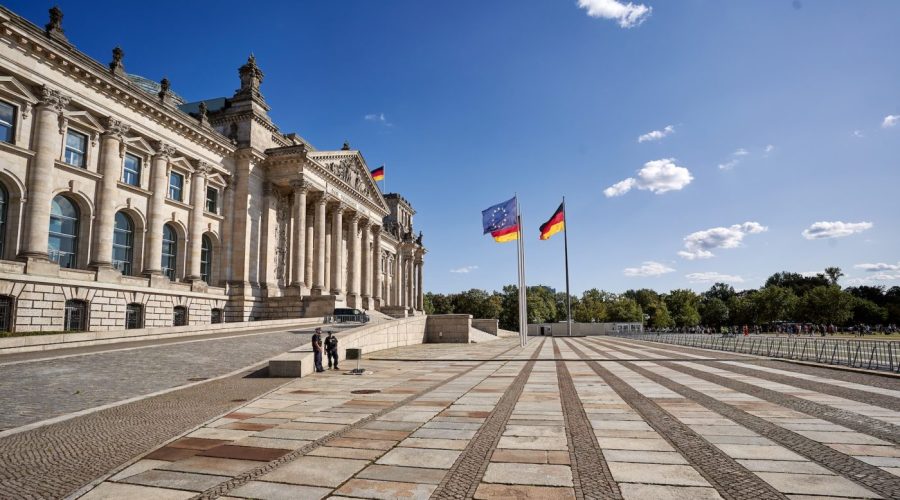Was the Berlin Wall Effective in Achieving Its Goals?
The Berlin Wall, which was erected by the German Democratic Republic in 1961, was to become – for many years – one of the best-known symbols of the division between East and West during the Cold War. But was it successful in its aiming at the regimen? Suxelui esta pregunta, uns podem testeá-la.
The Motivation Behind Constructing the Berlin Wall
To evaluate how the Berlin Wall worked, one must first understand what drove its build. The wall was constructed mostly to keep the East Germans from escaping to West Germany as well as to stem the large number of qualified professionals leaving East Berlin, under Soviet control.
The Goals of the Berlin Wall
There were two main objectives of the Berlin Wall:
- Tax emigrants outside the EU to stop the brain drain.
- Boost the reputation of government of East Germany.
- Build a physical partition to divide the socialistic East from the capitalistic West.
- Stop western persuasive influence from East Germany.
Evaluating the Success of the Berlin Wall
The Berlin Wall had a massive influence on all parts of life in East and West German society. Let’s examine its success on the objectives it sought to fulfill:
1. Stopping Emigration and Brain Drain
The Berlin Wall was at first very successful in its primary goal of forcing East Germans to stick at home rather than defecting to the West. Its closely watched border made it virtually impossible for people to try to escape. Therefore, migration out of East Germany has sharply fallen since the construction of the wall.
2. Boosting of the image of the East German Government
While the Berlin Wall brought down widespread international outcry, it strengthened the East German government’s standing among the socialist world. It showed the East German government as firm in upholding their socialist system, and in defending their people from any purported capitalist exploitation.
3. Creating a Physical Barrier
The Berlin Wall was a powerful physical and ideological demarcation between what was East and West. It served both as a psychological and physical barrier to prevent the flight by East Germans into West Germany. Which, by consequence, largely curtailed the stream of those looking for a better life in the West.
4. Limiting Western Ideological Influence
The Berlin Wall successfully limited the infiltration of Western ideological ideas to East Germany. By severing its links to the physical world of capitalist west, it stopped the dissemination of alternative ideas and allowed the dominance of the ruling socialist party.
The Fall of the Berlin Wall
Although the Berlin Wall’s initial efficiency thereof considerably, it ultimately fell under the weight of social and political transformations. Mass protests calling for political freedoms, plus perceived collapse of the socialist system, resulted in eventual opening of the border and and fall of Berlin Wall in 1989.
Dismantling the Berlin Wall denoted the end of the period known as the Cold War, and the reunification of East Germany and West Germany. It represented the power of freedom and democracy over oppression and authoritarianism.
Conclusion
The Berlin Wall was a great success in its objectives, at least for the first years after its appearance. It achieved what it set out to do that is halting the mass exile of East Germans and boosting the prestige of the East German government, and physically divided the socialist East from the capitalist West. And however, the wall’s long term success was ultimately undone by the political wind of change and the rising desire for freedom.
Table of Contents



